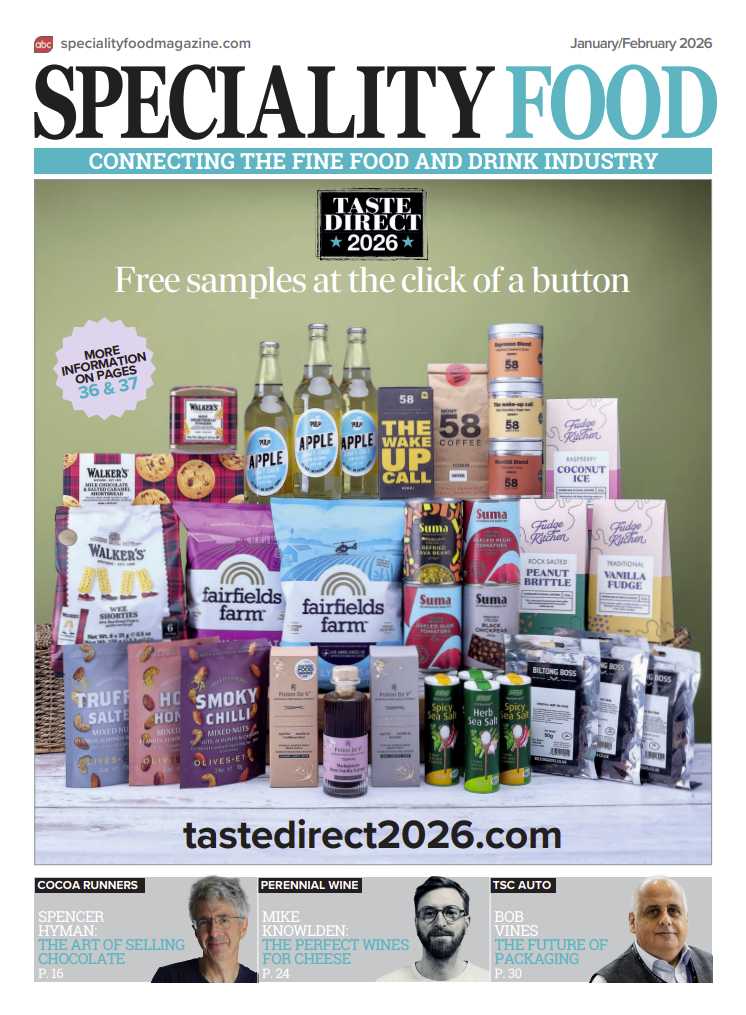“Myths and legends of Turophilia”

- “Sticky fingers”
- “Everyone’s a winner”
- “When ‘cheese’ is not cheese”
- “Don’t disrespect the Cheddar”
- “Black and White thinking”
Have you heard the one about Henry VIII and the washed-rind cheeses?
How about the shepherd boy dallying with his young love in a cave, together with a bag of cheese? Most cheese lovers amass a bunch of stories about the object of their passion, some demonstrably true, some a mite whimsical, perhaps. As a seller of cheese, such tales are daily tools in telling customers how cheese has developed over time and adding to the provenance of their purchases. Stories of Henry VIII are far more memorable than a scientific explanation of the effect of B. Linens on a cheese.
How do we learn these stories? In my case I went on a bunch of cheese courses and read a lot. A LOT. I’m sure we’ve all been asked time and time again which cheese is our favourite. For a monger an interesting question might be to ask their favourite cheese book. Mine? At times, it’s been books by Pierre Androuet, Juliet Harbutt, Patricia Michaelson or latterly Bronwen Percival.
My current fave book on cheese is Ned Palmer’s A Cheesemonger’s History of the British Isles. Ned now runs the Cheese Tasting Company, but was at Neal’s Yard Dairy for seven years or so – and knows his stuff. He’s made cheese with a large number of UK makers and uses their cheeses to illustrate how the making of cheese in these isles has developed over the last six thousand years. Along the way, we learn of the impact of human migration, the cheeses enjoyed by the builders of Stonehenge and the dietary results of conquests by the Romans and Normans. He looks at how the Industrial Revolution impacted our business, with canals and, later, trains bringing dairy produce from distant farms to the growing cities.
For me, the most valuable part of the book lies in the last chapters, where he looks at the regeneration of British cheese following the Second World War and the knock-out blow landed by rationing. Thankfully British cheese got back up again, and most of us can now enjoy a huge variety of high quality cheeses, whether creamery or farmhouse-made. Ned talks about the people who were instrumental in the renaissance of our cheeses and looks at the impact of Rance, Randolph, Harbutt, Dyas and others. The current diversity of British cheese is celebrated in the chapter entitled Post Modern Cheeses: Let a Thousand Cheeses Bloom. The book concludes with a brief directory of ‘some favourite cheeses’.
The best music books should make one want to hear the tunes being written about. This book made me salivate for some cheeses that I don’t yet know. I’d recommend it as part of your personal Christmas wish list – if you can wait that long. For shop-owners it represents another sales opportunity – a selection of cheese books can sell well. A Cheesemonger’s History of the British Isles makes a great supplementary purchase for those who have Juliet Harbutt’s or Patricia Michaelson’s authoritative works.
more from Town Crier
-
“We’re a resourceful bunch”
17 May 2019 Town CrierIt’s almost exactly 10 years ago that I sat down to create the first business plan for my cheesemonger. -
“Waxing lyrical”
12 February 2019 Town CrierOn a family holiday to Normandy in 1965, my parents and their adult friends were hugely excited by Livarot and Camembert – seldom seen back home in Hampshire. -
“What a wonderful world”
07 January 2019 Town CrierI was one of 235 judges at mthe recent World Cheese Awards,held in Bergen, Norway

